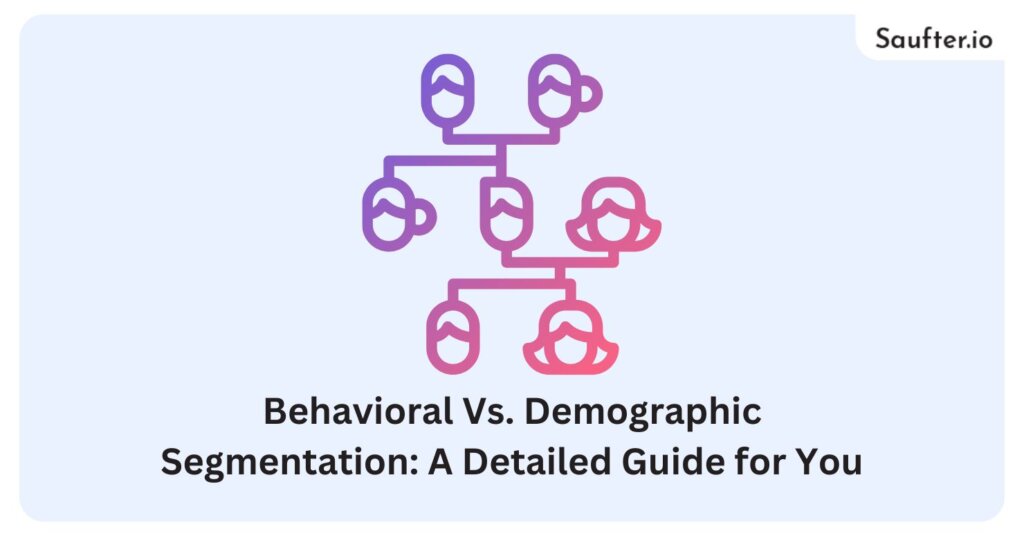Last Updated: November 2025
In today’s competitive marketing landscape, understanding your target audience is crucial for success. Marketers who leverage audience segmentation effectively can experience up to a 760% increase in revenue, according to Campaign Monitor. One of the most important decisions in this process is choosing the right approach—behavioral vs. demographic segmentation.
While demographic segmentation focuses on who your customers are based on attributes like age, income, or location, behavioral segmentation digs deeper into how they act—what they buy, how they engage, and when they convert.
This detailed guide on behavioral vs. demographic segmentation will help you decide which strategy suits your business goals best and how to use both to drive smarter marketing decisions.
What is Demographic Segmentation?
Demographic Segmentation is dividing the market into groups based on such features as age, gender, family size, life cycle stage, income, occupation, education, religion, race, generation, nationality, and social class. It is one of the most widely utilized types of market segmentation due to how simple and cost-effective it is to gather and analyze this data.
For instance, a business that sells top-of-the-line baby products could go after young, married women with infants, living in cities and making a minimum wage. These demographic characteristics allow marketers to more effectively cater messages, pricing, and the form of product offering to unique segments defined by these characteristics.
Demographic Segmentation Examples:
Age (e.g., Gen Z, Millennials, Boomers)
Gender (male, female, non-binary)
Income level (low, middle, high)
Education level (high school, college, postgraduate)
Occupation (students, professionals, retirees)
Marital status (single, married, divorced)
Family size (single, couples, families with kids)
What is Behavioral Segmentation?
Behavioral segmentation is a marketing tactic that includes dividing people into groups based on what actions they take, what habits they have or even the decisions they may (or may not) make in relation to a product or service.
Rather than thinking about who your customers are, behavioral segmentation is all about what they do, how they engage with your brand, what motivates them to buy, how frequently they purchase, how loyal they are.
For instance, an e-commerce clothing shop could send one-time customers a discount code, reward frequent shoppers and offer to send back an item if a shopper is on the fence about making a purchase. This enables companies to more personally communicate with Customers, and send them messages at the time that is relevant to them.
Behavioral Segmentation Examples:
Purchase behavior (e.g., frequent buyer, first-time shopper)
Usage rate (e.g., light, moderate, heavy users)
Brand loyalty (e.g., loyal customer, brand switcher)
Customer journey stage (e.g., awareness, consideration, decision)
Benefits sought (e.g., convenience, value, premium quality)
Engagement level (e.g., email open rate, website visits, click behavior)
How Does Behavioral Segmentation Work?
Behavioral segmentation essentially works by organizing customers based on the metrics of their current or past behaviors. Then these segments are leveraged to develop and serve personalized marketing messages that correspond with the user’s behavior and intent.
Here’s a step-by-step look at how it works:
Data Collection: User behavior is monitored by tools such as Google Analytics, CRMs, email platforms, and customer data platforms.
Segmentation Logic: Customers are segmented based on predefined rules such as “users who ordered twice or more in the last month ahead” or “users who have abandoned their basket more than 7 days ago”.
Targeted Messaging: Behavioural campaigns (email, SMS, ads, popups) are created for each segment.
Automation & Optimization: Marketing automation solutions deliver these messages at precisely the right moment, and results are tracked to help further identify those segments.
Instead of responding to who customers are, behavioral segmentation responds to what they do, making for experiences that are more relevant and engaging, which can contribute to driving increased sales.
What Does Behavioral Segmentation Rely On to Market Items?
Behavioral segmentation uses the customers activity or interactions with the company to market goods. This can involve monitoring behaviours such as browsing, purchase frequency, cart abandoner, email engagement, app usage, and loyalty behaviour. By studying these behaviors, marketers can expose patterns that reveal what a customer is interested in, needs or is ready to buy.
Key data sources include:
Website and app analytics (e.g., page views, time spent)
Transactional history (e.g., repeat purchases, order value)
Engagement behavior (e.g., email clicks, product reviews)
CRM or customer support interactions
This behavioral data enables marketers to deliver hyper-targeted campaigns like discounts to fence-sitting customers, or promotions for upgrades to heavy users; that result in higher conversion and retention.
Behavioral Vs. Demographic Segmentation Key Differences
Knowing the difference between behavioral vs demographic segmentation is important in developing marketing plans that move the needle. Both methods help identify targets, however, they vary in focus, data sources and the effect on personalization.
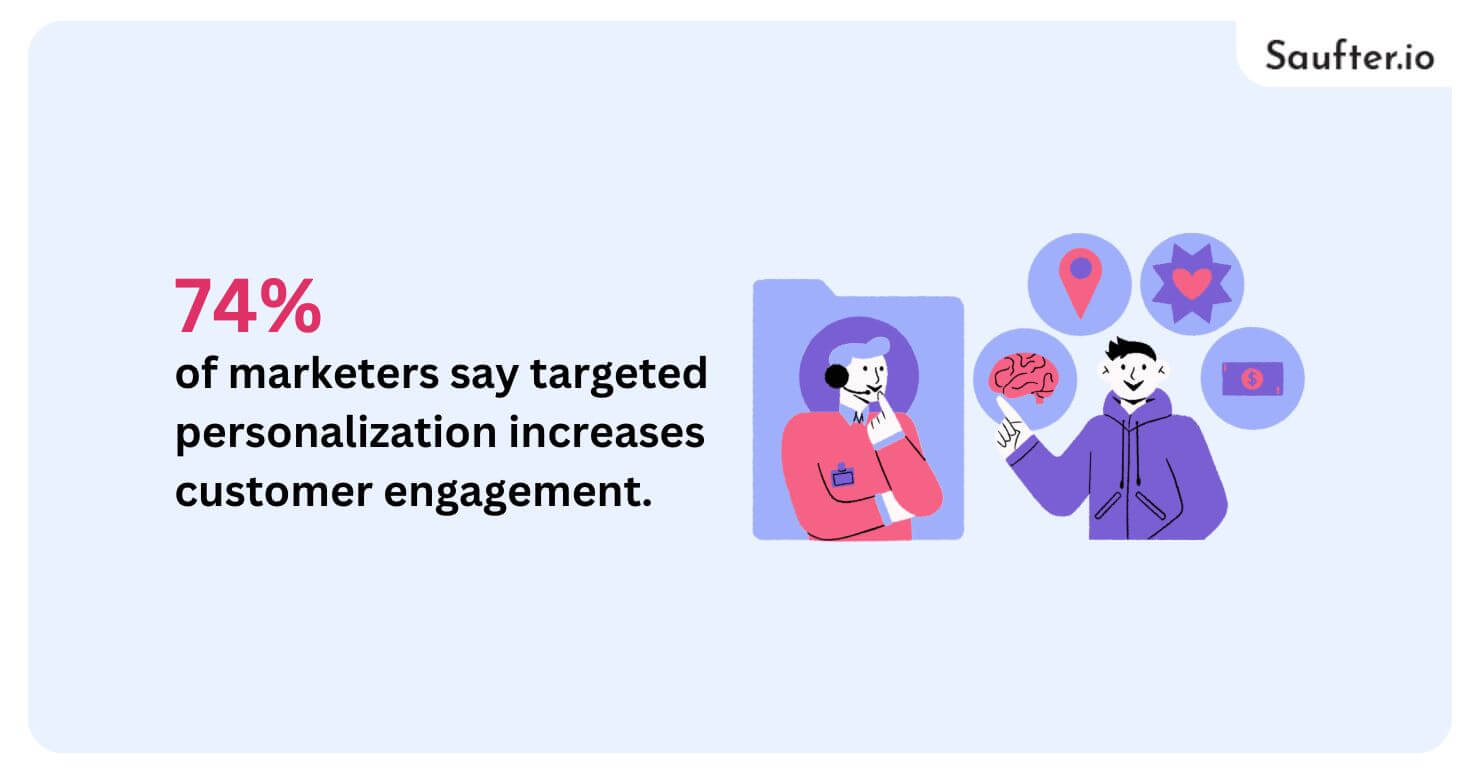
In fact, 74% of marketers say targeted personalization increases customer engagement, and behavioral segmentation plays a key role in enabling that.
Comparison Overview:
| Aspect | Demographic Segmentation | Behavioral Segmentation |
| Focus | Who the customer is | What the customer does |
| Data Type | Quantitative (age, income, gender, etc.) | Behavioral (actions, habits, engagement, loyalty) |
| Ease of Collection | Easier – available via forms, surveys, census data | Requires tracking tools and analytics |
| Personalization | Basic targeting | High-level personalization |
| Use Case | Broad targeting and audience profiling | Dynamic targeting, lifecycle marketing |
| Examples | Targeting 25-35-year-old women | Targeting cart abandoners or frequent buyers |
Summary of Key Differences:
Depth of Insight:
Demographic segmentation offers surface-level insights. It gives you who your customer is, but not why they buy. Behavioral segmentation, on the other hand, tells you why and when they buy.
Marketing Precision:
Behavioral data is the conduit for timely, relevant messages about things that people are doing right now. For instance, you can only retarget someone who looked at a product but didn’t purchase through behavioral segmentation.
Data Collection Methods:
Some demographics may be collected at sign-up or purchase. Behavioral data must be continuously monitored by CRM tools, cookies, web analytics, or user behavior platforms.
When to Use Demographic Segmentation
Demographic segmentation works best when your product or service resonates with certain sectors of the population in terms of quantifiable characteristics such as age, gender, income, education, or profession. It is especially effective for early-stage market research, reaching broad audiences, or marketing products that meet basic lifestyle needs.
When launching a mass-market product:
If you’re selling a product with wide appeal such as household goods, beauty products or mobile plans, segmenting by age, income or family size can help you reach and target your audience in the best way possible.
For high-level audience profiling:
Demographics are excellent as a genus for building a base of understanding. For example, if your target is “working mothers aged 30–45 in metro cities,” that demographic information provides a jumping-off point to create targeted campaigns.
When you lack behavioral data:
For new businesses or new product launches may not have any behavioral data. For that reason, demographic segmentation presents an accessible route to become unstuck with your marketing.
To match product fit with life stage:
Certain products, such as retirement accounts, college savings, baby products and luxury goods, may naturally appeal to certain life stages or income levels, and thus would be well-suited to demographic targeting.
Can You Combine Both? (Yes!)
Absolutely! Indeed, combining demographic and behavioral segmentation is likely to lead to the most potent, targeted marketing strategies. Demographic data tells you who your customers are, behavioral data tells you what they do. When combined, these insights help you craft highly personalized, contextually relevant campaigns that hit home on so many levels.
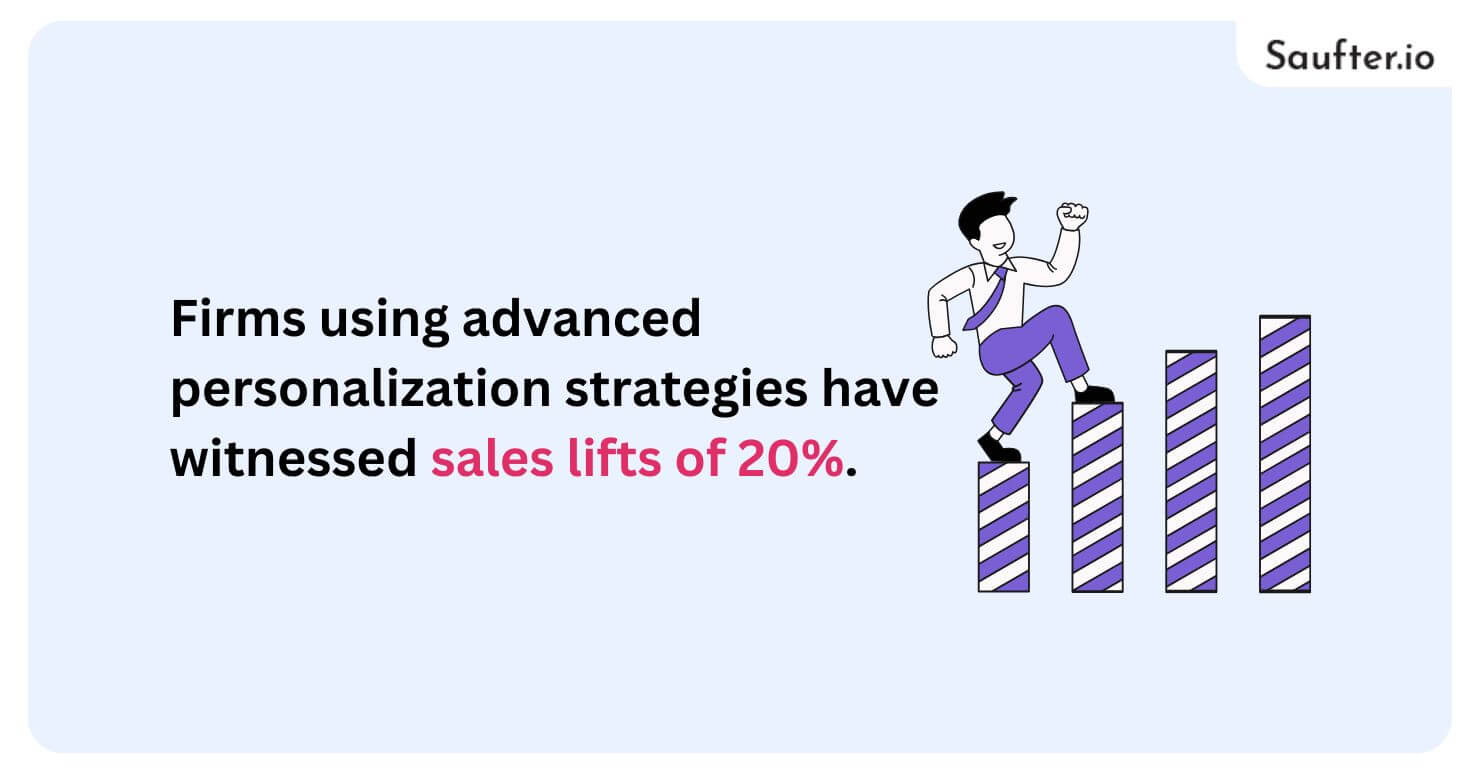
Indeed, firms using advanced personalization strategies have witnessed sales lifts of 20% and more illustrating the tangible benefits of leveraging both demographic and behavioral insights.
Why Combine Both?
Deeper customer understanding:
By overlaying behavior on top of demographics, you can get a sense of not only who the consumer is, but also what they are looking to do. For example, the knowledge that a user is a 35-year-old male (demographic) who often purchases technology gadgets (behavioral) is much more meaningful than either piece of information separately.
Hyper-targeted messaging:
The possibilities are endless for creating laser-focused campaigns. You could show high-income millennials who left an item in their shopping cart one message and customers over 50 who tend to browse new arrivals a different one.
Better segmentation accuracy:
Being exclusive to demographics can have pitfalls (not all 25-year-olds behave the same). Behavioral data refines these assumptions by revealing what people are actually doing.
Stronger customer relationships:
Messages informed by not only who customers are but also how they behave tend to feel particularly relevant, timely and personal; fostering stronger engagement and trust.
Saufter – The Best AI-Powered Email Marketing Platform for Behavioral Targeting
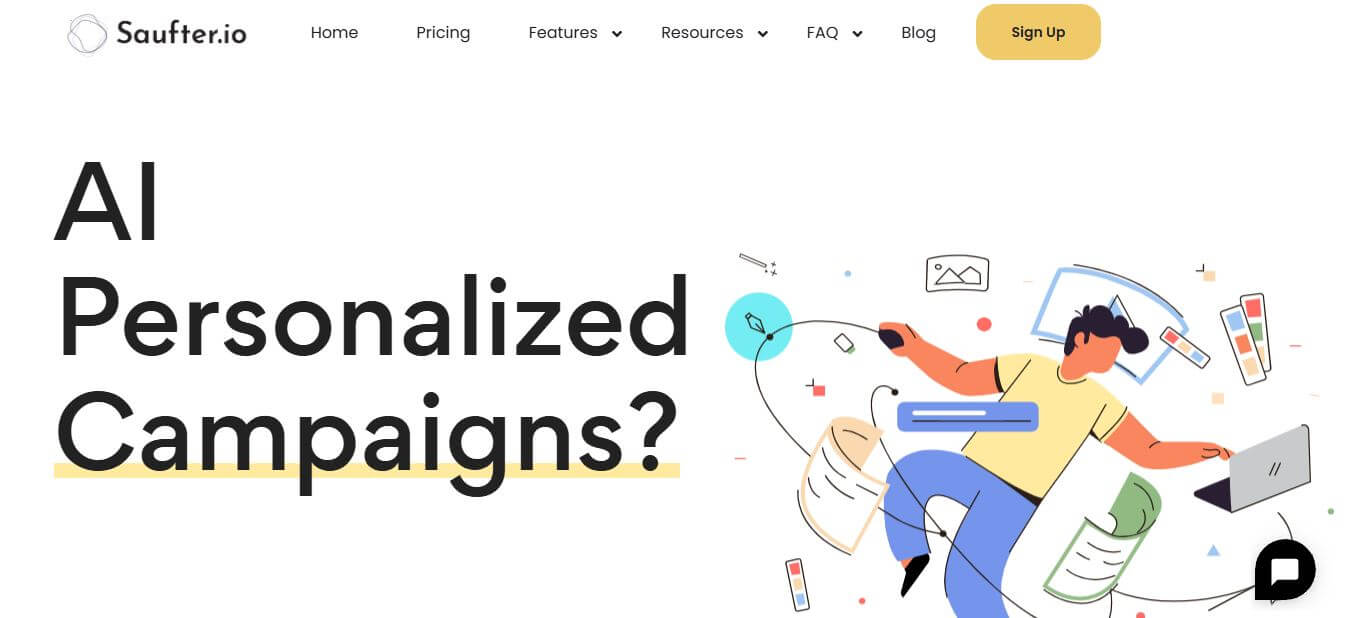
With the assistance of Saufter, businesses can adopt proactive steps to optimize their behavioral segmentation efforts by collecting customer feedback effortlessly while maintaining customer engagement.
Saufter uses behavioral intelligence to assess the journey of each user, track the email strategy of competitors, and discover more interesting information to engage in personalized campaigns. If you’re a SaaS or an e-commerce company, the solution allows you to automate engagement touchpoints like:
- Trial-based targeting
- Cart abandonment follow-ups
- Post-purchase feedback requests
By leveraging up-to-the-minute behavioral indicators, Saufter makes sure your message reaches the right customer, at the right time, giving you more responses, more conversions and more happy customers.
Conclusion
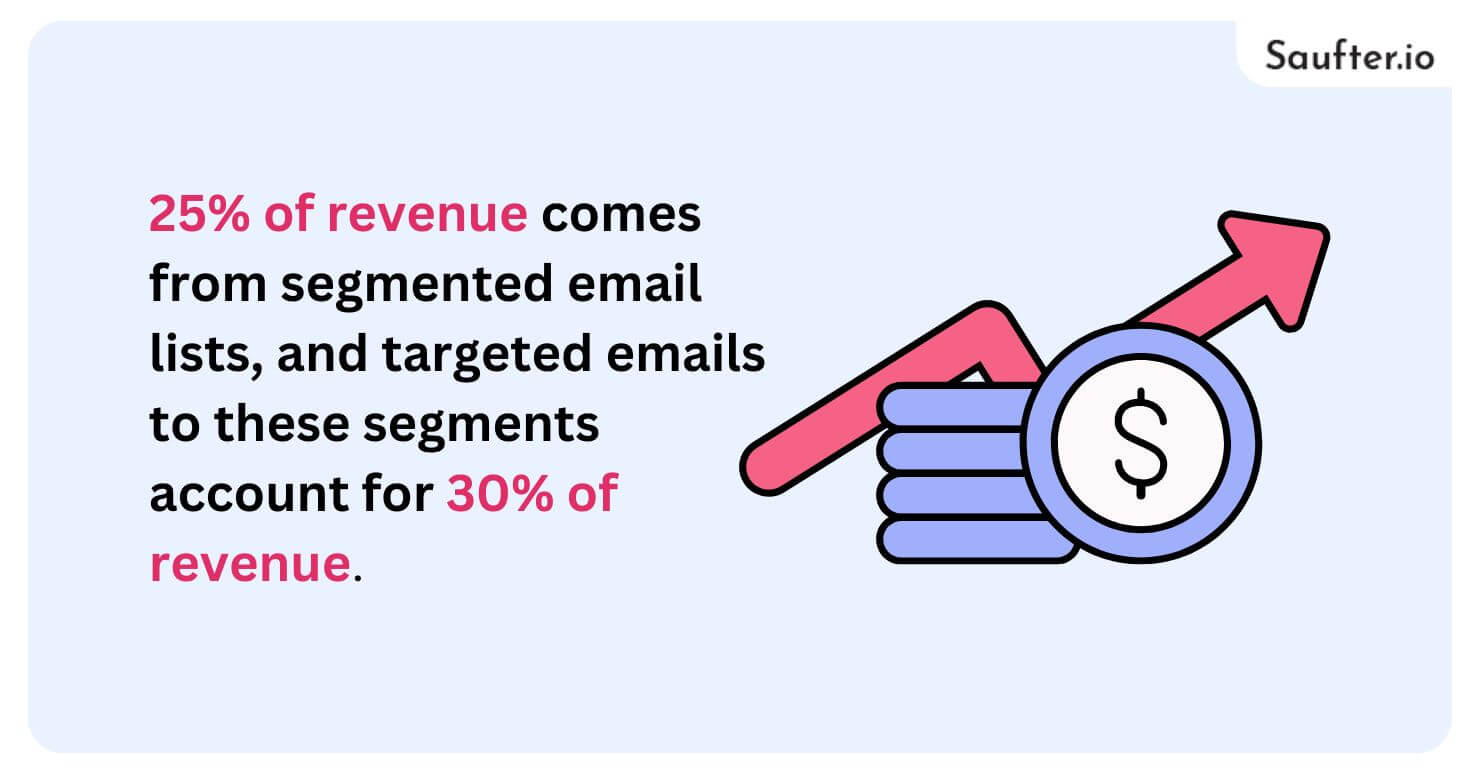
Mastering behavioral vs. demographic segmentation is crucial for marketers aiming to deliver relevant, high-converting messages. While demographics define who your audience is, behavior reveals what they do and why they buy.
According to recent data, 25% of revenue comes from segmented email lists, and targeted emails to these segments account for 30% of revenue—proving how powerful segmentation can be.
With tools like Saufter, you can automate behavioral targeting effortlessly—whether it’s cart follow-ups, trial reminders, or post-purchase feedback—ensuring you reach the right customers at the right time for maximum impact.
